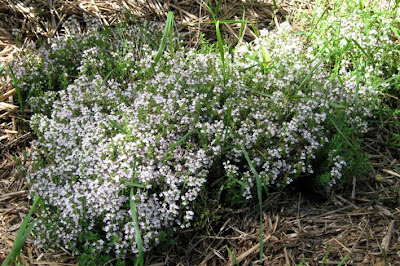As regular blog readers here might know, to earn a living I work on a gardening magazine. I mostly edit the text written by everyone else, including our real experts in gardening – and it's thanks to them that I have learned what little I know about gardening. Sometimes they even let me write the odd story.
However, the best part of my job each month is to look at photos – readers' photos – I love it. All photos sent into the magazine eventually come to me. We have a very popular "Readers' Photos" section in the mag each month, and I am the first port of call for entrants to that part of the mag. Right now we're also running a "My great vegie patch" competition, and I get all those photos first, too.
My job is simple. I sort through all the entries and pick the "finalists", from which our judging team then picks the winners (to keep everything fair and impartial, I don't get to pick any winners). In a way it's great not to have to choose a winner, as the standard of photos sent in by readers is always so astonishingly good.
I guess it's time for digital cameras to be given credit where it's due. These things have enabled so many average backyard gardeners and wildlife lovers to take some stunning photos in recent years. The amazing macro shots and brilliant 'capture the moment' pix that land in my email in-box each day often just make my day. I'm always calling out to Pam to "come and check this out" as another stunner arrives.
Anyway, as I've just had an inspiring day with a particularly colourful and lovely bunch of new photo competition entries coming in, I thought I'd grab a quick selection of my own digital photos and post them in a meaningless bunch, to give credit where it's due – to the people who invented digital cameras. Thank you! (As ever, click on the photos and they should pop up much bigger).
 Bromeliad flower in Darwin, looking like a space alien.
Bromeliad flower in Darwin, looking like a space alien. And let's finish off with the humblest and tastiest of them all – vegies. Freshly harvested 'King Edward' spuds. Glam spuds, who would've thunk it?
And let's finish off with the humblest and tastiest of them all – vegies. Freshly harvested 'King Edward' spuds. Glam spuds, who would've thunk it?I know from my own sloppy methods of photography, that if I take enough shots, a couple will be good enough to use in my blog. If only you saw my lousy shots – there are thousands of them! And so that's my only photographic tip I have to share. Just take lots of pix and some will end up good enough to use. Works for me!















































